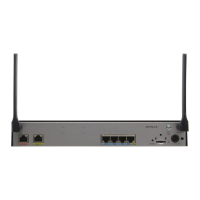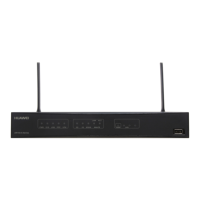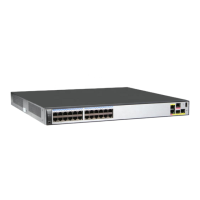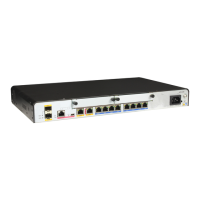Table 2-1 Transparent bridging usage scenarios
Scenar
io
Users in the
Same
Geographical
Location and
Network
Segment
Users in the
Same
Geographical
Location but
Different
Network
Segments
Users in
Different
Geographical
Locations but
Same Network
Segment
Users in
Different
Geographical
Locations and
Network
Segments
Functio
n
Requir
ed
Local bridging Local bridging
integrated with IP
routing
Remote bridging
and VLAN ID
transparent
transmission (if
communication
within VLANs
and isolation
between VLANs
are required)
Remote bridging
integrated with IP
routing
2.3 Configuring Local Bridging
Configuring local bridging allows users in the same geographical location and on the same
network segment to communicate with each other.
2.3.1 Establishing the Configuration Task
Before configuring local bridging, familiarize yourself with applicable environment, complete
the pre-configuration tasks, and obtain the data required for the configuration. This will help
you complete the configuration task quickly and accurately.
Applicable Environment
To allow users in the same geographical location and on the same network segment to
communicate with each other, you can configure local bridging. A device can be configured
with multiple bridge groups. Interfaces added to a bridge group can forward and broadcast traffic
in the bridge group based on the destination MAC address.
Pre-configuration Tasks
Before configuring local bridging, complete the following task:
l Configuring physical parameters for interfaces to ensure that the interfaces are physically
Up
Data Preparation
To configure local bridging, you need the following data.
Huawei AR3200 Series Enterprise Routers
Configuration Guide - LAN 2 Transparent Bridging Configuration
Issue 02 (2012-03-30) Huawei Proprietary and Confidential
Copyright © Huawei Technologies Co., Ltd.
35

